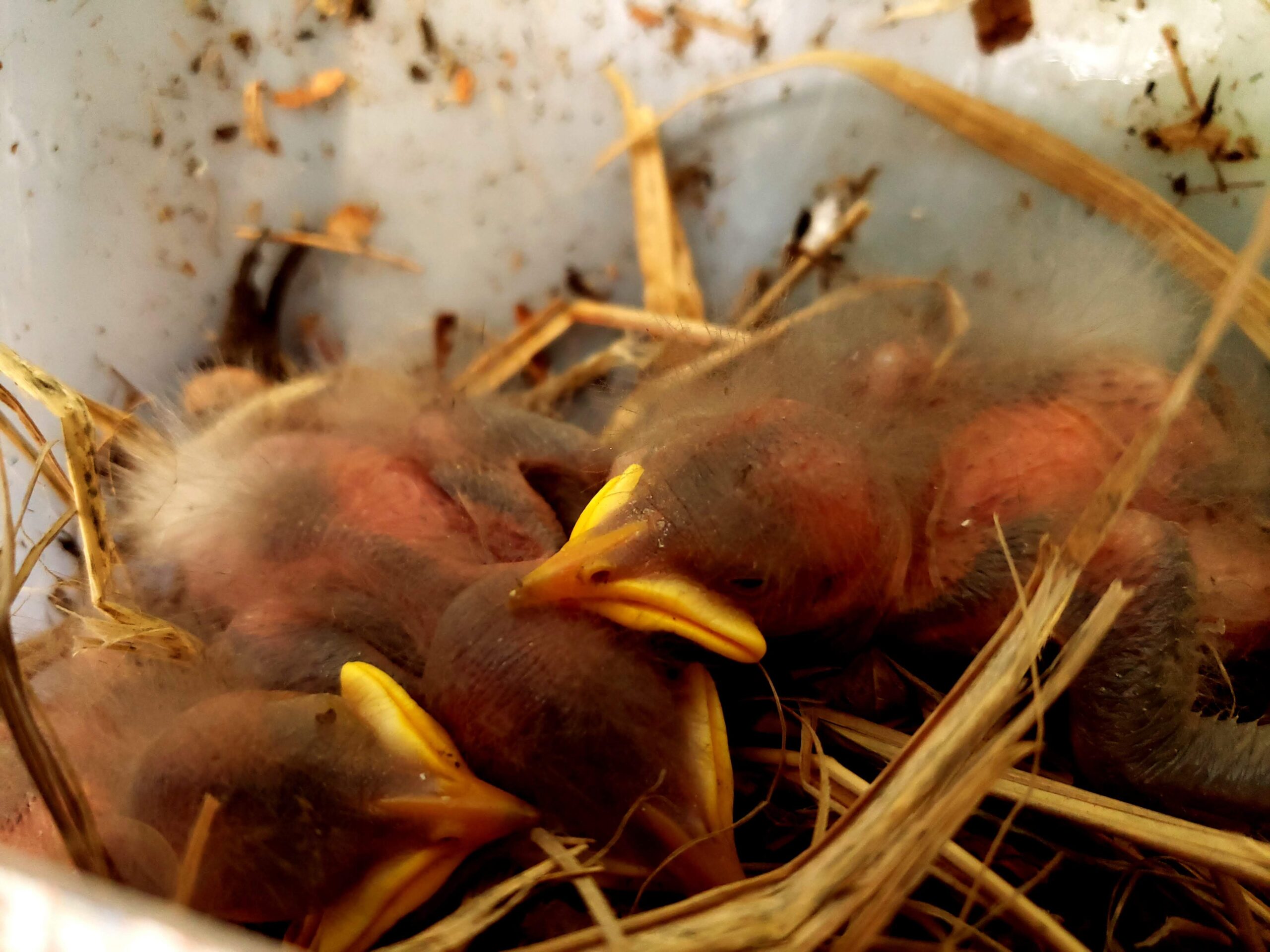The name starling brings to mind a small sweet-sounding bird that you would expect to see helping transform Cinderella for the ball. Alas, these are not cute little bluebirds, but instead, are blackish-brown with spots. Their call is not that bad if you only hear one, but is almost deafening when they flock together to roost. In the evening racket, as you see swarms of them sitting on power lines, the question most often asked is, “Are starling populations rising in Ontario?”
What is the reason starling populations are rising? The reason is the food supply. The starlings have seen a large rise in population since 100’s of their ancestors were released in Central Park in 1900. Over the years they have naturally migrated north to where food supplies are plentiful. For example, you will see a rise in the city of Oshawa due to its abundance of water and trees and no shortage of plants, fruits, berries, seeds and insects. These birds feast on moths, centipedes, spiders and earthworms, all of which are found easily throughout the area.
Why Are Starlings Considered a Nuisance?
If you have ever heard a swarm of starlings roosting near your home or business, you would probably not have to ask that question. Besides the racket, they are voracious eaters and can decimate crops. Since they are attracted to the high-protein food additives fed to cattle and pigs, they can infect the food with diseases that can spread between herds. They are also known as flying bullets because of the risk of one or more flying into plane engines.
Why Do Starlings Nest In and Around Homes?
Because starlings nest in cavities, they are always on the look for a secure, covered place for a nest. Attics, eaves, porches and even loose siding can provide the perfect haven. They are particularly fond of exhaust vents and will also build nests in gutters or chimneys. If there are already birds like bluebirds, woodpeckers or purple martins nesting in a tree or pole, the starlings will chase them out and move in.
Why Should I Want To Prevent Nesting?
Bird feces are high in uric acid. There is an abundance of droppings wherever there is a flock of starlings. The uric acid can cause damage to paint, plastic and other materials, while metal and even stone and masonry can be corroded. The mess left behind can spread bacteria, parasites and fungus.
Nesting also causes risks to the safety of your buildings. Gutters can be clogged with nesting material, which has caused flooding and water damage to industrial and residential buildings. Ductwork and exhaust vents can become blocked, compromising air quality and presenting a fire hazard.
What Can Prevent This From Happening?
Some things that can help are making sure you don’t have openings in your attic where the birds could make their way inside. Using gutter guards could protect your gutters. Several sensory deterrents are designed to startle them away from your home to find another nesting spot. You may also want to try products that prevent the birds from being able to get a grip on ledges, causing them to slide off and fly away.
Skedaddle Humane Wildlife Control is the trusted name in wildlife removal. The team at Skedaddle can remove nests and can even protect the ones that still have babies until they can fly. They can also clean up the mess the birds leave behind so that your home is no longer a health hazard. Finally, the Skedaddle team can assess your home, looking for potential entry points and seal them off.
If starlings are giving you headaches, there is help available. Contact Skedaddle Humane Wildlife Control today to reclaim your house and your peace of mind.



